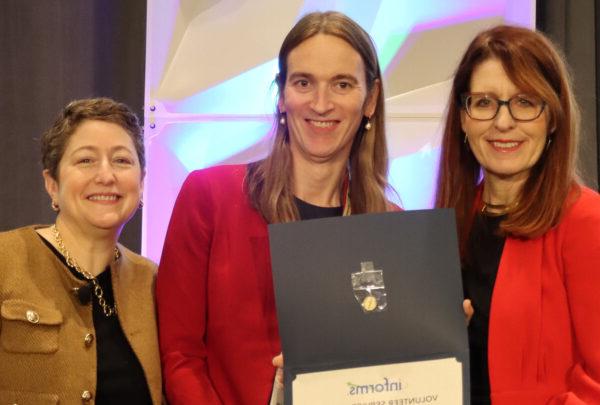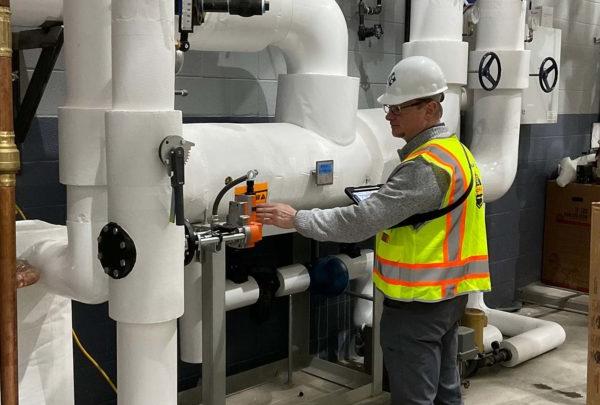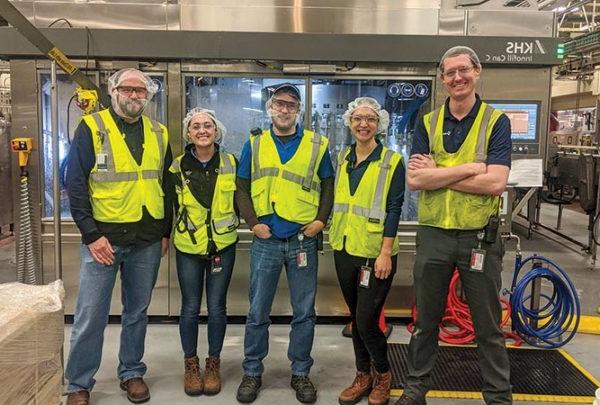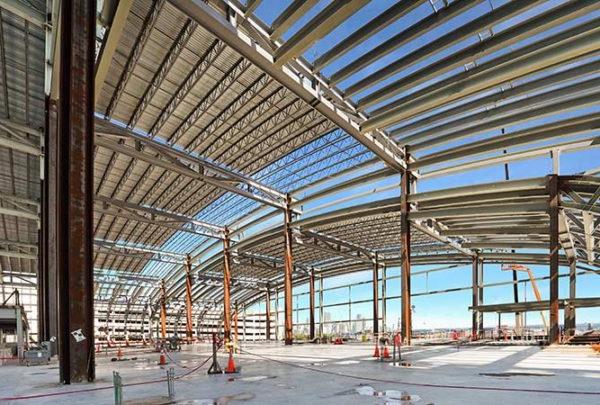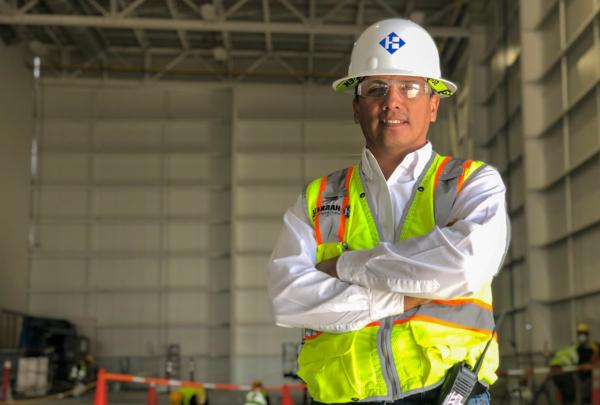The design team has been working hard for months and has developed an excellent drawing and specification package. The client is thrilled – their requirements are met, and every stakeholder has gotten what they wanted. The project morale is high, and the team is ready to celebrate a job well done.
As the team revels in its success, the client’s CFO sees the construction cost estimate for the first time and instantly feels the financial strain. The CFO believes the project can be achieved for 25% less cost and approaches the surprised design team with a demand to find immediate cost reductions through value engineering.
Caught off guard, the design team scrambles to address the client's concerns. They are forced into a reactive mode, trying to reduce the project's budget without compromising its functionality. They make hasty decisions. They opt for cheaper materials without fully assessing the long-term implications on durability and quality. Tightened timelines lead to a compromise on thorough planning, and corners are cut in construction processes.
The client, while appreciative of the cost reductions, becomes increasingly dissatisfied with the compromises in quality. What was once a collaborative and celebratory atmosphere is now tainted with tension and frustration.
During construction, the negative impacts of the reactive cost-cutting measures become apparent. The compromises made in materials and construction processes result in unexpected issues and delays. The initial savings are overshadowed by costly fixes and repairs.
Upon completion, the team reflects on the project with a sense of regret for all the unintended consequences of the value-engineering exercise.
Does this scenario sound familiar? Few phrases bring as much dread to a project manager as “value engineering.” While the premise may seem noble – finding ways to reduce the overall cost and reduce options that don’t add value to the project – the reality is that value engineering is simply reactionary and short-sighted cost-cutting after the fact.
All too frequently, the project teams are not privy to the project budget upfront and/or have so many stakeholders that the scope gets bloated with everyone’s requests. Or, perhaps a stakeholder who should have been included from the onset is not brought onto the project until the end, and their feedback comes as a disruptive realization. It should not be a surprise that there is sticker shock in the end and pressure to reduce the cost through hasty modifications. Most of the time, the outcome is similar to the scenario above and ends in frustration and a strained relationship.
As an industry, we can do better! A preferred and more progressive approach is to start with the target cost and build the project around it. The concept is simple: look holistically at the project and align from the beginning all the teams – client, design and construction – with a shared goal of delivering the project under the target cost. Industry organizations such as the Lean Construction Institute have formalized the process termed Target Value Delivery (TVD). The methodology is simple yet elegant; the target cost is set as one of the project requirements, and it’s continuously monitored throughout the project lifecycle. Keys to a successful TVD approach involve the following aspects:
- Establish the target expected cost. This requires transparency from the client and the willingness to share the figure at which the project becomes non-viable. The target cost becomes the hard ceiling for the project.
- Develop the project team to include all stakeholders. Obtain alignment on the project requirements and buy-in from all participants. If someone can influence the project, such as the CFO, they must be included on the team. Successful TVD requires the entire team to buy into the effort and identified goals.
- Follow the adage of “measure twice, cut once.” As project options are identified, they are evaluated for their impact on the target cost. Costs are continuously monitored throughout the evaluation process and updated in real time. Estimating becomes an iterative process, not a discrete one. Only after the evaluation process are the accepted project options detailed and integrated into the scope, thus reducing wasted effort.
- Changes are well-managed through a formal process and thoroughly evaluated prior to incorporation. (Stay tuned for an upcoming article about proactive change management!)
Unlike the traditional approach, through which the project cost is a reactive output of the design effort, TVD sets the project cost as a critical input based on the design and construction efforts. This shift configures the framework for TVD to be proactive, allowing for better control of the project outcome.
TVD is a methodical approach and a tool available to assist with project execution. Like any tool or method, it derives its benefits from the presence of an adept practitioner. That person must be able to create the collaborative and inclusive project culture necessary for successful TVD deployment. They must also possess the discipline to manage changes and sustain the iterative approach to evaluating project options.
As a leading design-build firm, 澳门足彩app’s team of project professionals can guide your project to a successful outcome at the desired budget – the first time. We envision a world where “value engineering” is a bygone term, and projects are proactively and progressively structured with TVD to ensure ideal outcomes.
澳门足彩app offers clients the assurance that their projects will be completed safely, on time, within budget and with the least possible risk exposure. Contact us to discuss your facilities needs.
 About the author: Michael Asher is Director of Operations for 澳门足彩app’s Life Sciences Division. He is a credentialed Project Management Professional (PMP) from the Project Management Institute (PMI) and a Certified Project Manager (CPM) from the Project Management Leadership Group (PMLG). He holds a Bachelor of Science Degree in Chemical Engineering from Washington University in St. Louis.
About the author: Michael Asher is Director of Operations for 澳门足彩app’s Life Sciences Division. He is a credentialed Project Management Professional (PMP) from the Project Management Institute (PMI) and a Certified Project Manager (CPM) from the Project Management Leadership Group (PMLG). He holds a Bachelor of Science Degree in Chemical Engineering from Washington University in St. Louis.
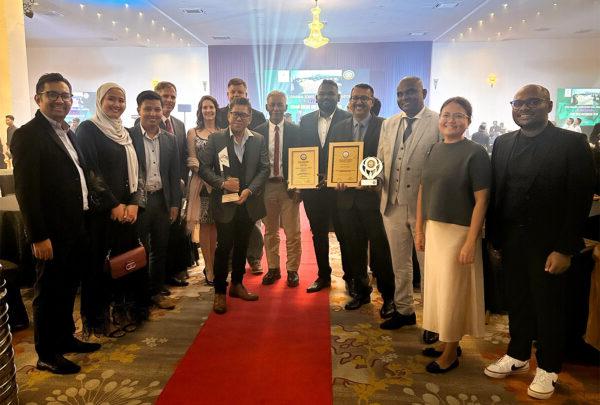

 About the author: Michael Asher is Director of Operations for
About the author: Michael Asher is Director of Operations for 